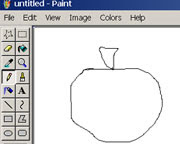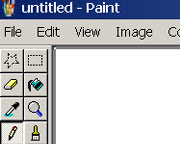Home improvement
Automotive Repair
Crafts and Recreation
Decorating
Electrical and Lighting
Exterior Home Improvement
Gardening and Patio
Going Green
Maintenance and repair
Maintenance projects can include:
Roof tear-off and replacement.
Concrete and masonry repairs to the foundation and chimney.
Repairing plumbing and electrical systems.
Additional space
Additional living space may be added by:
Turning marginal areas into livable spaces such as turning basements into recrooms, home theaters, or home offices – or attics into spare bedrooms.
Extending one's house with rooms added to the side of one's home or, sometimes, extra levels to the original roof.
Saving energy
Hardware and Tools
Heating and Ventilating
Household and Cleaning
Interior Home Improvement
Painting
Personal Finance and Legal
Plumbing
Real Estate
Remodeling
Woodworking
En Español
Did It Myself Projects
Home improvement by your graphics.
15 years ago



.jpg)
.jpg)
.jpg)

.jpg)
.jpg)



.jpg)
